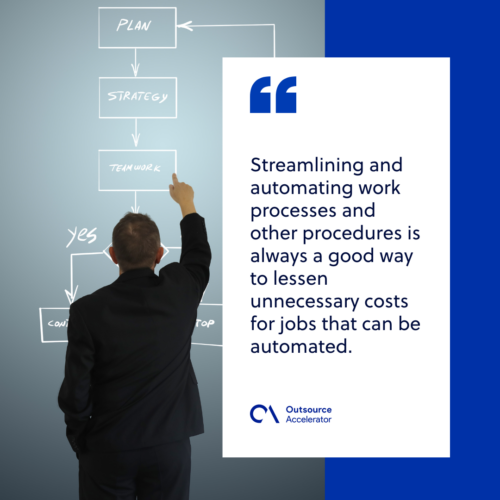Top-line vs bottom-line growth: The roles they play

Understanding top line vs bottom line is key to analyzing the growth and financial health of a business. If you were to ask an accountant, they’ll most likely tell you that these two dictate the revenue in a company.
Even the smallest businesses won’t be able to survive if their top-line and bottom-line factors are out of order.
Defining top-line growth
Top-line growth pertains to the gross sales and revenue that companies declare during certain periods.
Top-line data and figures are correlated to how well or bad the business did during its run over a month, a quarter, or a whole year. Executives, along with accountants, monitor these figures closely.
Factors that affect top-line growth
Sales and revenues are bound to move in two ways. Therefore, there are deciding factors that can make the top-line go up even further.
There are also factors that any company can’t control, such as trends, subjective customer satisfaction, and the rise and fall of demand.
Selling more products and services
The more companies provide goods and services to their target customers, the more they’re likely to make a sale.
Sales strategies have become more and more personal in the way that salespeople approach their leads and prospects. Digital trust has also become a fundamental aspect of the buyer’s journey—affecting sales worldwide.
Investing in the right work model
Executives and decision-makers can always count on the right work model that caters to the wellbeing of their employees.
With our precarious situation, most businesses have learned that not all work models can withstand sudden drastic changes around the world.
Reforming sales and marketing strategies
Reforming sales and marketing strategies has always been the last measure for a lot of businesses. Maybe their strategies worked really well for a certain group of people but weren’t applicable to another group.
That being said, reforming or remodeling sales and marketing strategies is always a part of growth.

Defining bottom-line growth
The bottom line refers to the end-figure after the top figure has been deducted with administrative costs, operating expenses, taxes, loan payments, and other overhead costs.
To put it simply, between the top line vs bottom line, the latter is what’s left of the revenue after the deductions to the top line.
Lessening the costs that affect bottom-line growth
In lessening company expenses and overhead costs, there are small things that everyone can contribute to. For instance, to cut down on electricity bills, every employee should know how to turn off lights in a room that no one uses.
Here are other things a business can do to ensure bottom-line growth.
Improving the business flow
Streamlining and automating work processes and other procedures is always a good way to lessen unnecessary costs for jobs that can be automated.
That said, there are still a lot of positions out there that need the human touch in order to be flawless and error-free.
Creating a distributed workforce
The distributed workforce pertains to the act of hiring talents from other places than your own.
This work model introduces the concept of remote work to businesses that may want to cut down their overhead costs. With a remote team, companies can forgo renting office space and providing workstations altogether.
The pandemic has proved that in some industries, remote work can be executed with little or no issues at all.
Working with professionals
Labor power remains to be one of the strongest forces in the company.
That being said, when employing workers, a business has to make sure that they’re getting the right candidate every single time.
When an employee fails to do their job right, it will cause a negative ripple effect that will impact the department and, to an extent, the rest of the business.
Keep in mind that hiring is investing—so, make sure that you’re investing in the right people.

Top line vs bottom line: Where does outsourcing lie?
Most industry professionals know that outsourcing is a good way to reduce costs and gain extra labor power, but it’s not exactly cheap. As a matter of fact, the initial cost of it can be expensive—but it sure does pay off in the long run.
So, is outsourcing just another expense or does it actually help with growing the top line and bottom line? The answer to this question may vary depending on how efficient the company is. Without internal efficiency, a business can’t expect outsourcing to work its magic.
Keep in mind that outsourcing as a business model is heavily dependent on a business’s ability to cope with changes.







 Independent
Independent




